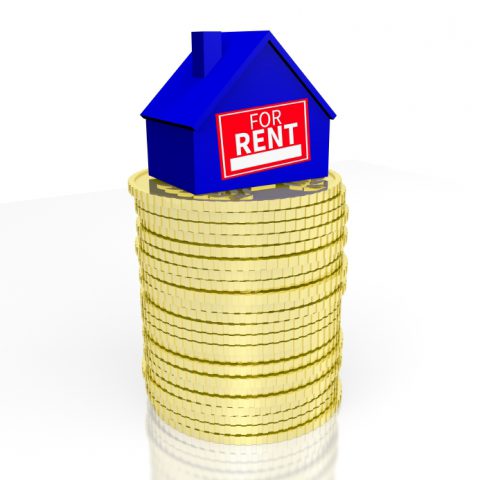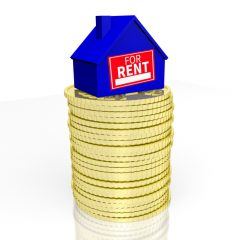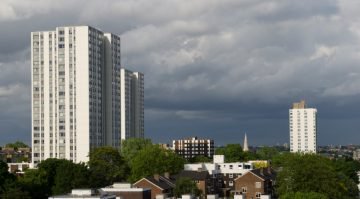Worries in the Private Rental Sector as Supply Drops Sharply
The supply of rental housing stock on letting agents’ books has dropped sharply, causing worry in the private rental sector, according to the latest report from the Association of Residential Letting Agents (ARLA).
The March Private Rental Sector report found that the supply of rental accommodation fell to the lowest level since the start of last year in March.
Demand was also down last month, with ARLA agents reporting an average of 33 prospective tenants registered per branch, down by 11% from the 37 seen in February. This is also down on last year, from an average of 33.

Worries in the Private Rental Sector as Supply Drops Sharply
Supply has also dropped on an annual basis. In March 2015, the average number of properties managed per letting agent branch was 192. This year’s figure of 169 properties marks a decrease of 12% and is the lowest level seen since records began in January 2015.
However, the private rental sector appears to be healthy in Scotland, where agents had an average of 273 properties on their books. In Yorkshire and the Humber, agents have 207 properties to manage. Contrastingly, there are just 122 rental properties available per letting agent branch in London.
Due to the 1st April’s introduction of a 3% Stamp Duty surcharge for buy-to-let landlords and second homebuyers, two-thirds (65%) of ARLA agents predict that current and prospective investors will leave the market, causing a decline in the supply of rental properties. Indeed, many have questioned whether buy-to-let is still a lucrative investment opportunity.
In March, rent prices rose for a third (32%) of tenants, and three in five (61%) ARLA members fear that they will increase further as a result of the changes. It has long been considered that buy-to-let tax changes will push rents up for tenants.
The Managing Director of ARLA, David Cox, comments: “We don’t expect falling supply to stop here – the recent Stamp Duty changes are very likely to cause supply to decrease even further, as landlords withdraw from the market.
“Not only do our agents predict that rent costs will increase further, but rental homes may also face a decline in quality over time, as landlords struggle to keep up with maintenance costs alongside the higher Stamp Duty charge.
“While landlords adjust to the increase in costs, we can expect to see one of three outcomes prevailing in the buy-to-let market: landlords absorbing the cost and taking the hit; landlords withdrawing from the market causing supply to fall; or landlords regaining those costs through hiking rents. Next month we can start to assess the damage.”









